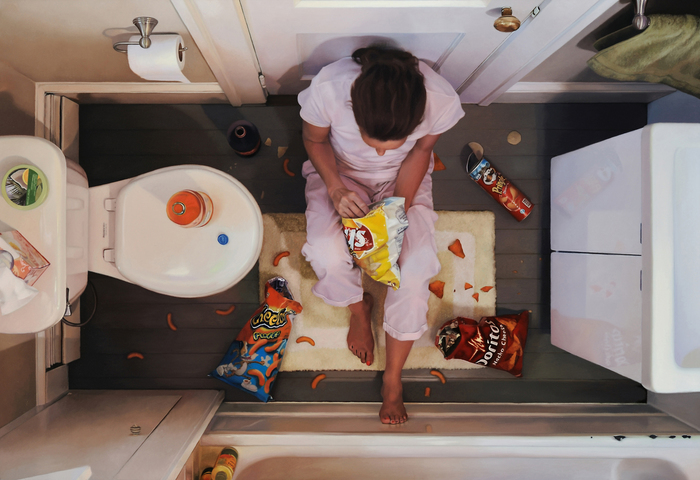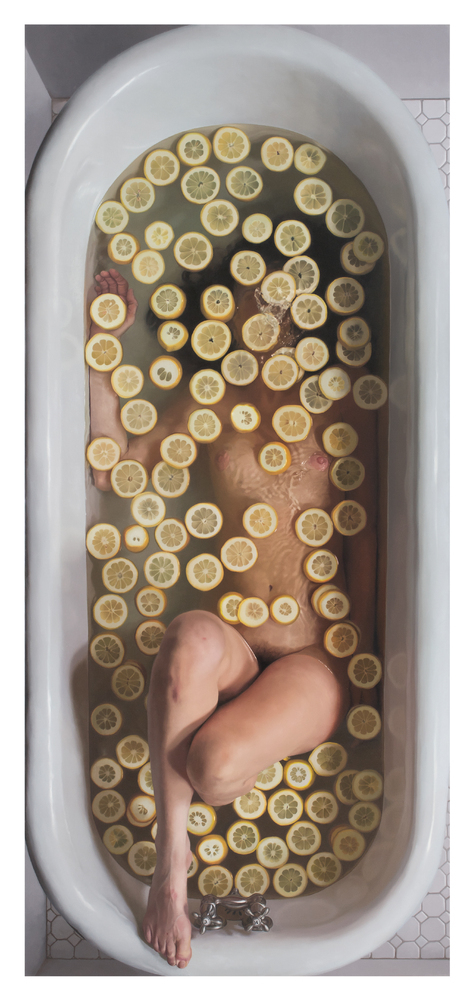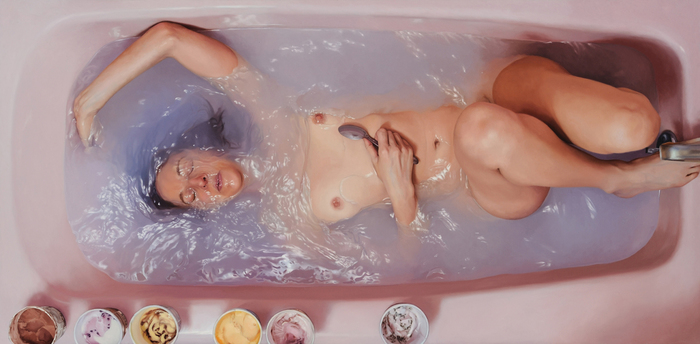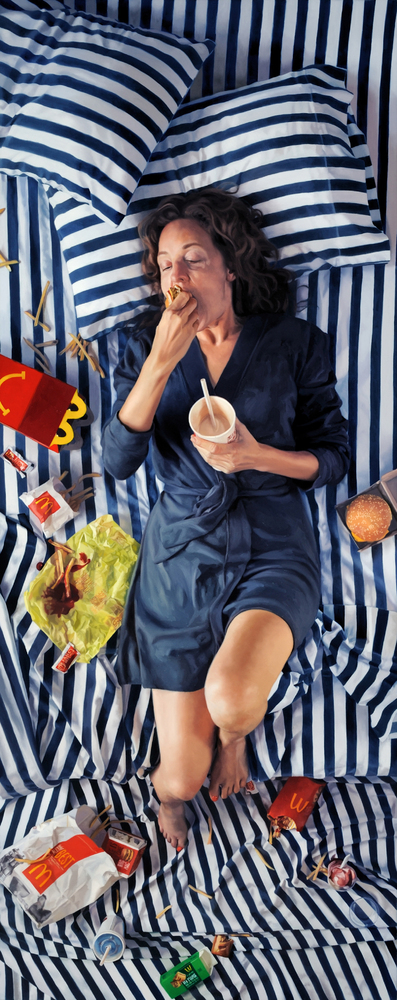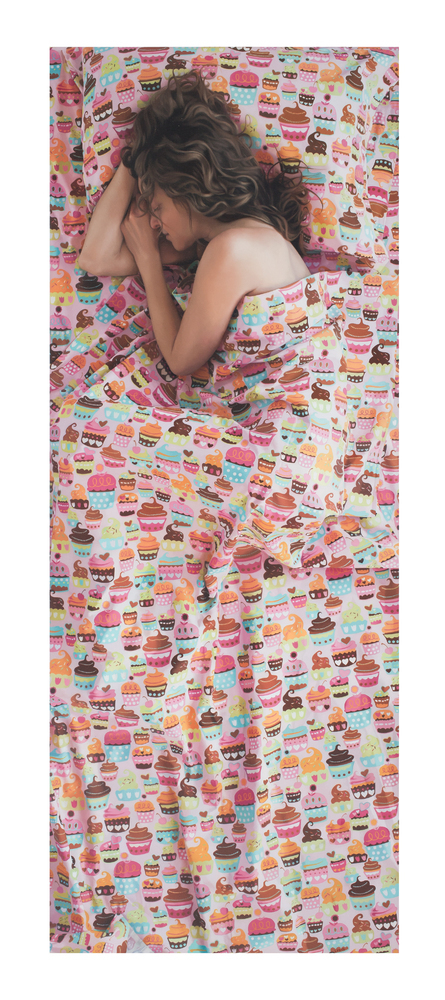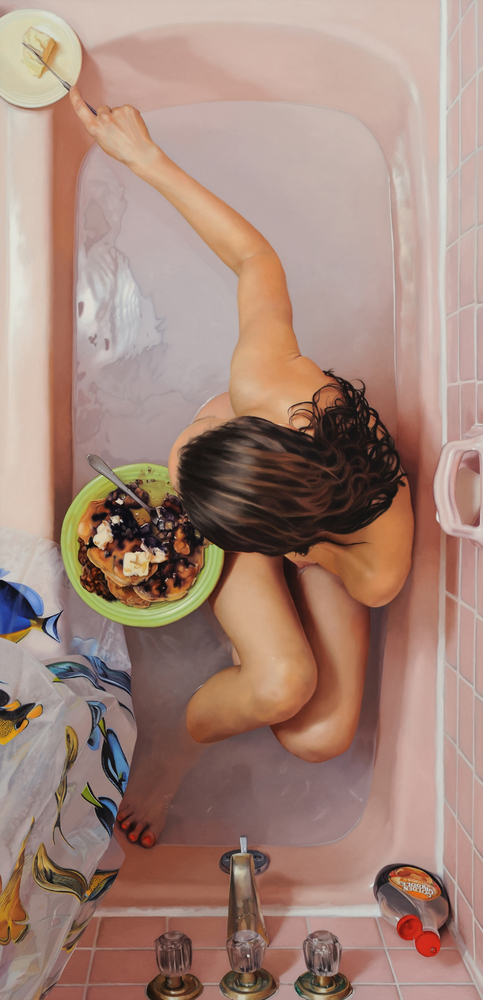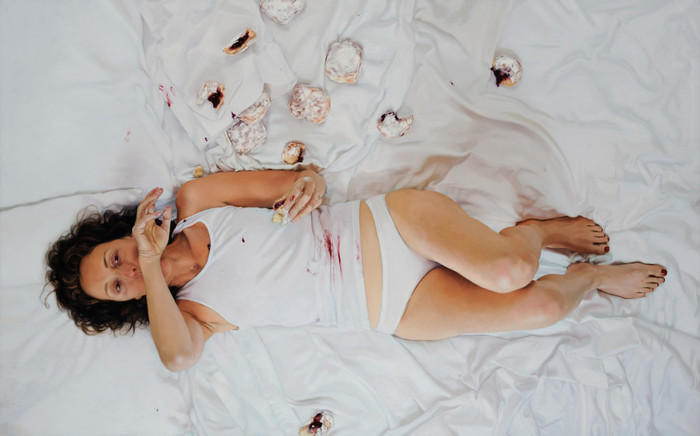Artist Challenges The Pattern Of Food-Shaming Women With Stunning Nude Self Portraits
2015-04-13
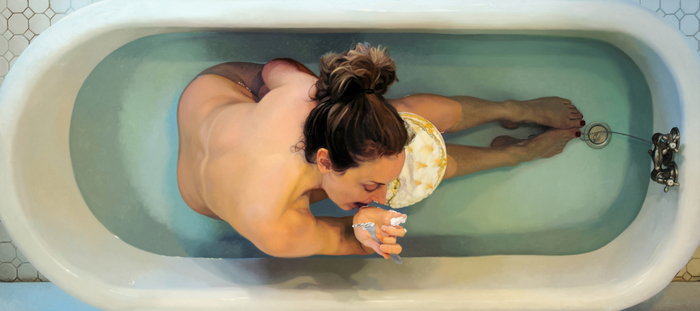
For many, a snack is not just a snack. Whether serving as a means of rebellion, a secret indulgence, a compulsory drug or a well-deserved reward, a seven layer cake often has a few extra layers of meaning beneath the surface. As if everyone’s relationship with food wasn’t complicated enough, the public seems to have endless things to say about women and their dining preferences. Remember how much the internet freaked out when Lena Dunham ate a cupcake in the bathtub?
Cue Lee Price, an artist who’s fascinated by the relationship between women and food. Though she refuses to food-shame, Price doesn’t deny there can be an unhealthiness to the alliance between a lady and her snack either. The New York-based artist explores the complexities of her own eating habits, questioning what deeper reasoning lies behind her sweet tooth, using herself as both subject and artist.
“I use food as a metaphor for the ways we distract ourselves from being present,” Price writes in her statement. In her realistic depictions, she renders women, often herself, enjoying a treat or four in the privacy of her own home, whether naked in the tub or bundled up in bed. “They are private spaces, spaces of solitude, and unusual places to find someone eating,” she explained in an interview with The Other Journal. “The private space emphasizes the secrecy of compulsive behavior and the unusual settings emphasize its absurdity. The solitude and peace of the setting is a good juxtaposition to the frenetic, out-of-control feel of the woman’s actions.” Of course, these moments become not so private when shared with an art gallery, or the entire internet.
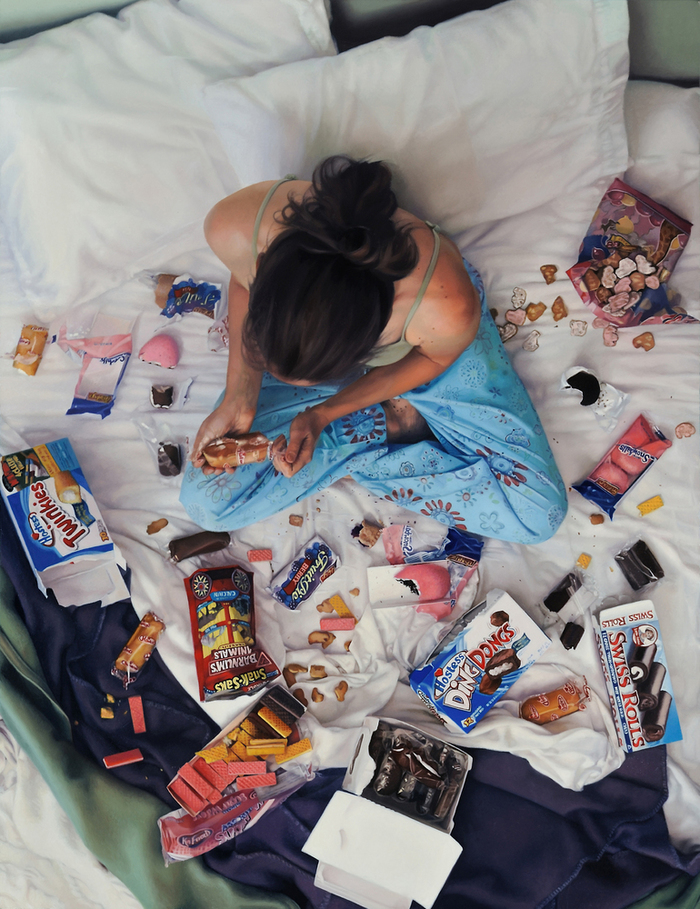
Binging on Doritos, Twinkies and jelly donuts, Price uses her body and habits to access a strange food-centric phenomenon that is hard to explain and harder to control. “The aerial view evokes the feeling of an out of body experience: the subject is watching herself engage in compulsive behavior but is unable to stop,” she explains. “There is an absurdity to the repetition of this act of compulsion. At the same time it is an attempt to find real nourishment.” Rather than label women’s eating habits as good or bad, Price playfully explores the serious reasons women occasionally indulge in absurd eating rituals, asking what it is they’re really looking for. Lucky for us, she does so in a rather gorgeous manner.
Price’s subjects don’t ask to be pitied or judged. Their enjoyment of junk food, rather, is equated with a joy of life, and a grand “screw you” to all who attempt to censor their needs and desires. Even if the nourishment they’re looking for isn’t to be found in a bag of Cheetos, that’s their problem, not yours. As Price says: “The women in my paintings are seeking a place of solace. They are looking for a reacquaintance with joy. They are searching for the lusciousness of life.”
